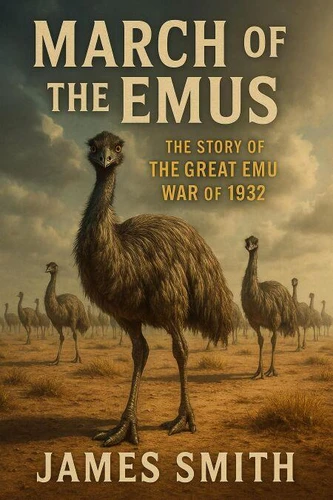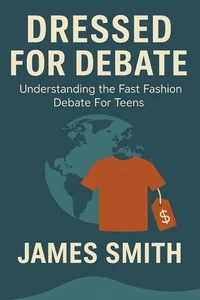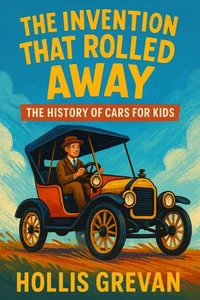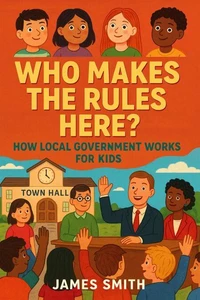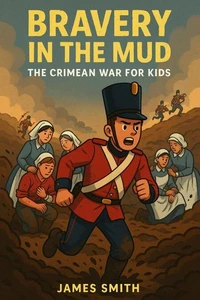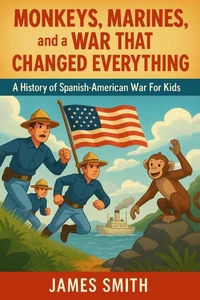March of the Emus: The Story of The Great Emu War of 1932
Par :Formats :
Disponible dans votre compte client Decitre ou Furet du Nord dès validation de votre commande. Le format ePub est :
- Compatible avec une lecture sur My Vivlio (smartphone, tablette, ordinateur)
- Compatible avec une lecture sur liseuses Vivlio
- Pour les liseuses autres que Vivlio, vous devez utiliser le logiciel Adobe Digital Edition. Non compatible avec la lecture sur les liseuses Kindle, Remarkable et Sony
 , qui est-ce ?
, qui est-ce ?Notre partenaire de plateforme de lecture numérique où vous retrouverez l'ensemble de vos ebooks gratuitement
Pour en savoir plus sur nos ebooks, consultez notre aide en ligne ici
- FormatePub
- ISBN8232219086
- EAN9798232219086
- Date de parution13/09/2025
- Protection num.pas de protection
- Infos supplémentairesepub
- ÉditeurHamza elmir
Résumé
In 1932, a strange battle unfolded on the wheat fields of Western Australia. Farmers, already struggling through the Great Depression, faced a new enemy-not drought, not locusts, but tens of thousands of giant, flightless birds. The government responded with soldiers, trucks, and machine guns. What followed has gone down in history as one of the most bizarre and unforgettable clashes between humans and the natural world.
Told with both gravity and wit, this book explores the story of how desperate men with modern weapons failed to overcome birds armed only with speed, instinct, and resilience. It delves into the hardships that made the conflict possible-the collapse of wheat prices, the plight of returned soldiers turned farmers, and the crushing weight of food insecurity. It also uncovers how the "war" became a source of laughter, a subject of ridicule in the press, and eventually a global meme.
But behind the absurdity lies a cautionary tale about hubris, adaptation, and survival. The emus endured where men faltered, leaving a legacy that speaks to the power of nature and the limits of human control. This is not just the story of an odd skirmish-it is a window into the struggles of a nation, the resilience of its wildlife, and the lessons still echoing nearly a century later.
Told with both gravity and wit, this book explores the story of how desperate men with modern weapons failed to overcome birds armed only with speed, instinct, and resilience. It delves into the hardships that made the conflict possible-the collapse of wheat prices, the plight of returned soldiers turned farmers, and the crushing weight of food insecurity. It also uncovers how the "war" became a source of laughter, a subject of ridicule in the press, and eventually a global meme.
But behind the absurdity lies a cautionary tale about hubris, adaptation, and survival. The emus endured where men faltered, leaving a legacy that speaks to the power of nature and the limits of human control. This is not just the story of an odd skirmish-it is a window into the struggles of a nation, the resilience of its wildlife, and the lessons still echoing nearly a century later.
In 1932, a strange battle unfolded on the wheat fields of Western Australia. Farmers, already struggling through the Great Depression, faced a new enemy-not drought, not locusts, but tens of thousands of giant, flightless birds. The government responded with soldiers, trucks, and machine guns. What followed has gone down in history as one of the most bizarre and unforgettable clashes between humans and the natural world.
Told with both gravity and wit, this book explores the story of how desperate men with modern weapons failed to overcome birds armed only with speed, instinct, and resilience. It delves into the hardships that made the conflict possible-the collapse of wheat prices, the plight of returned soldiers turned farmers, and the crushing weight of food insecurity. It also uncovers how the "war" became a source of laughter, a subject of ridicule in the press, and eventually a global meme.
But behind the absurdity lies a cautionary tale about hubris, adaptation, and survival. The emus endured where men faltered, leaving a legacy that speaks to the power of nature and the limits of human control. This is not just the story of an odd skirmish-it is a window into the struggles of a nation, the resilience of its wildlife, and the lessons still echoing nearly a century later.
Told with both gravity and wit, this book explores the story of how desperate men with modern weapons failed to overcome birds armed only with speed, instinct, and resilience. It delves into the hardships that made the conflict possible-the collapse of wheat prices, the plight of returned soldiers turned farmers, and the crushing weight of food insecurity. It also uncovers how the "war" became a source of laughter, a subject of ridicule in the press, and eventually a global meme.
But behind the absurdity lies a cautionary tale about hubris, adaptation, and survival. The emus endured where men faltered, leaving a legacy that speaks to the power of nature and the limits of human control. This is not just the story of an odd skirmish-it is a window into the struggles of a nation, the resilience of its wildlife, and the lessons still echoing nearly a century later.

